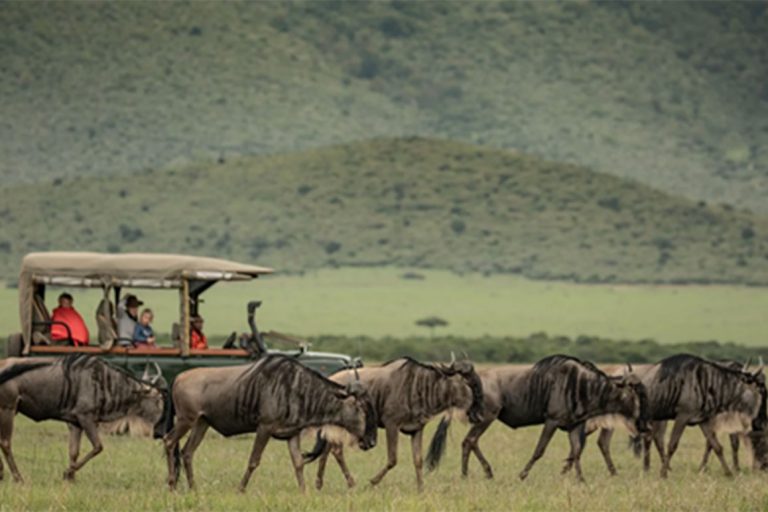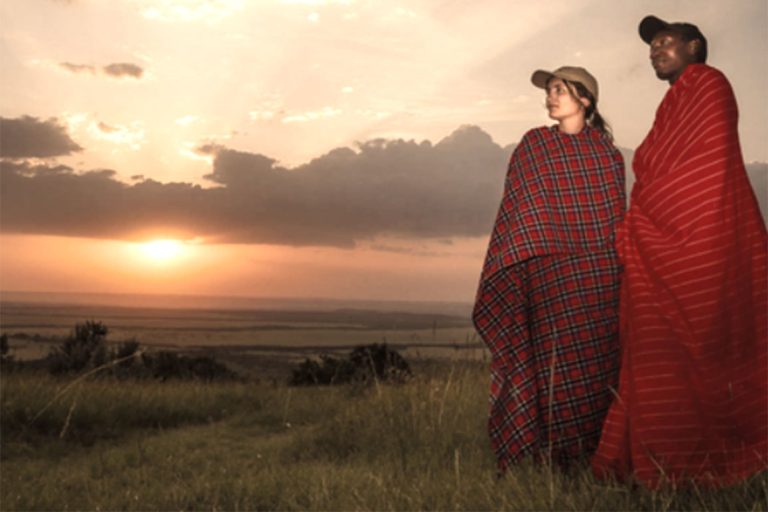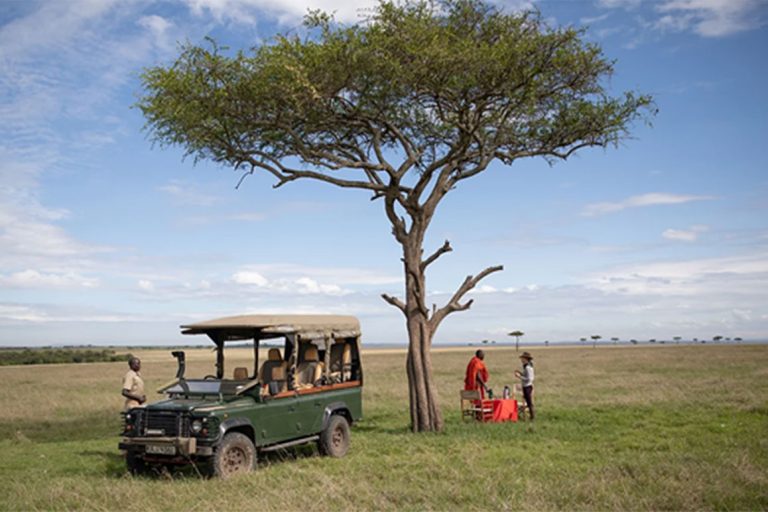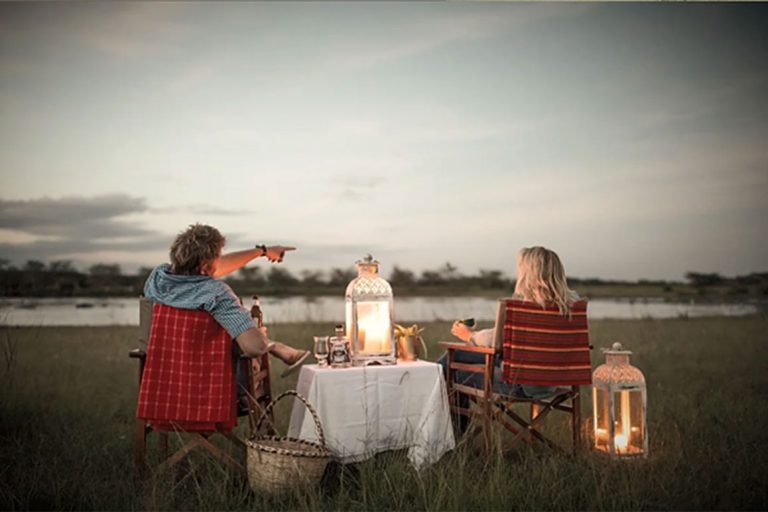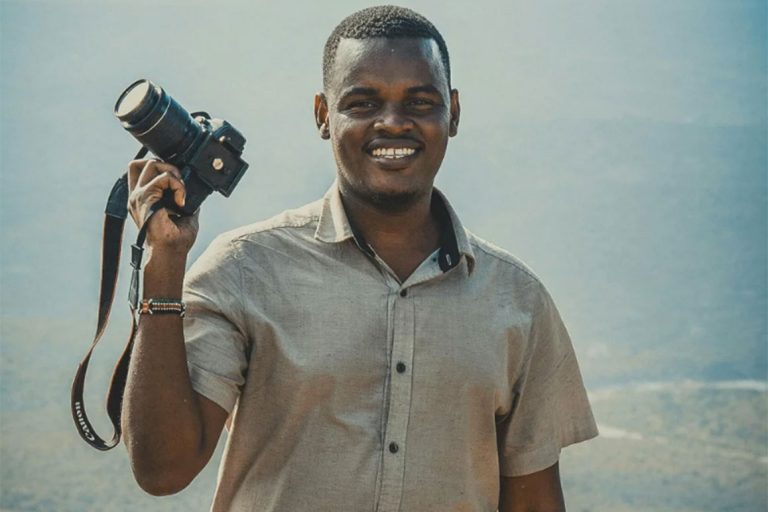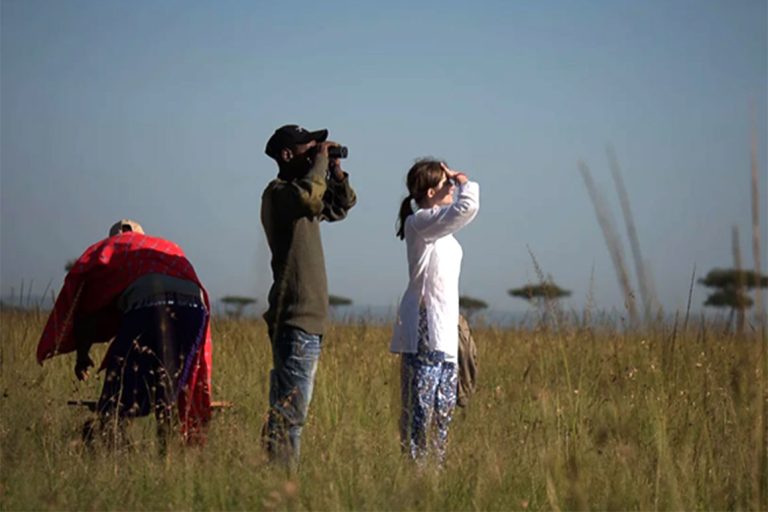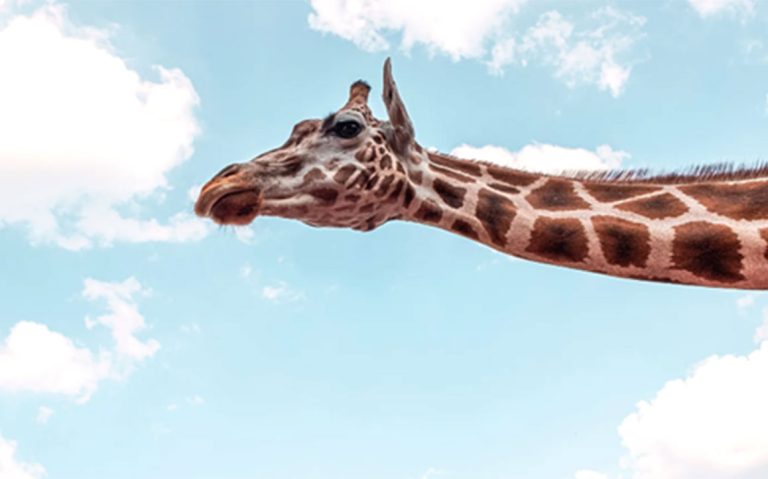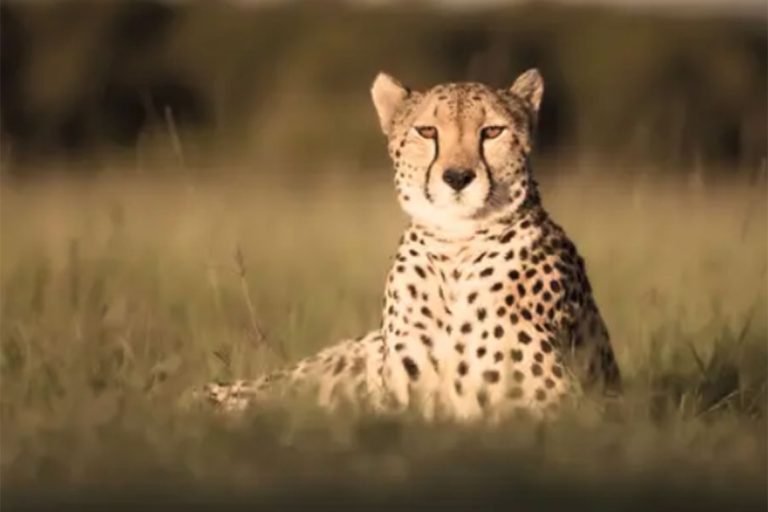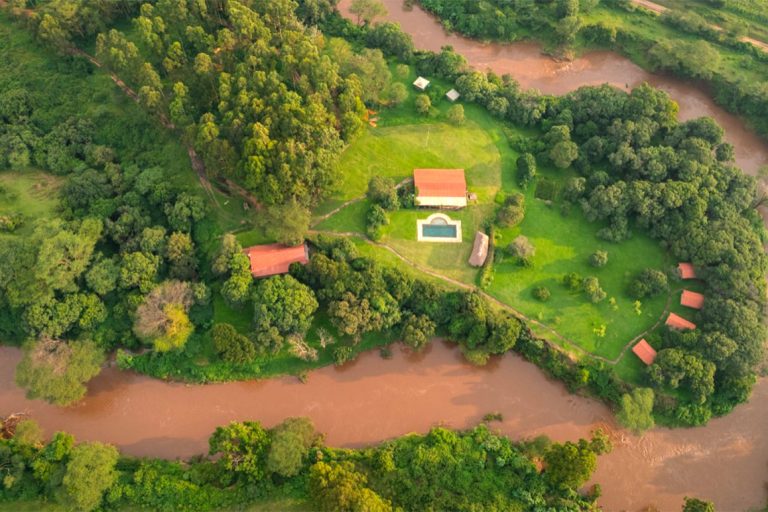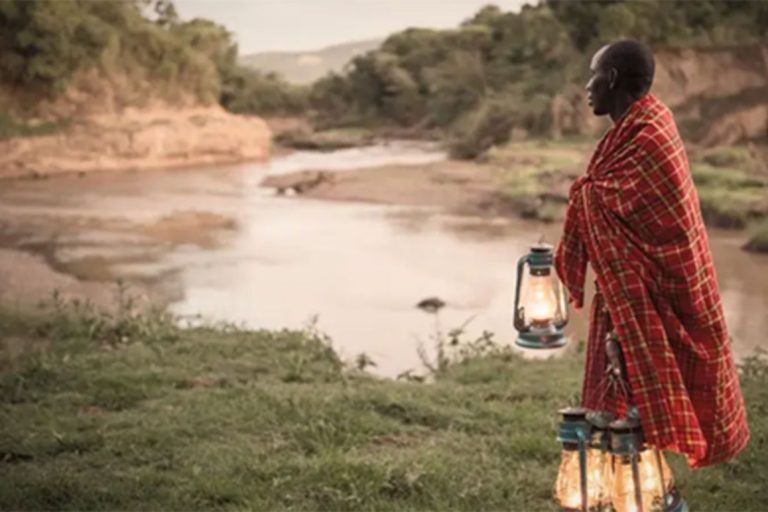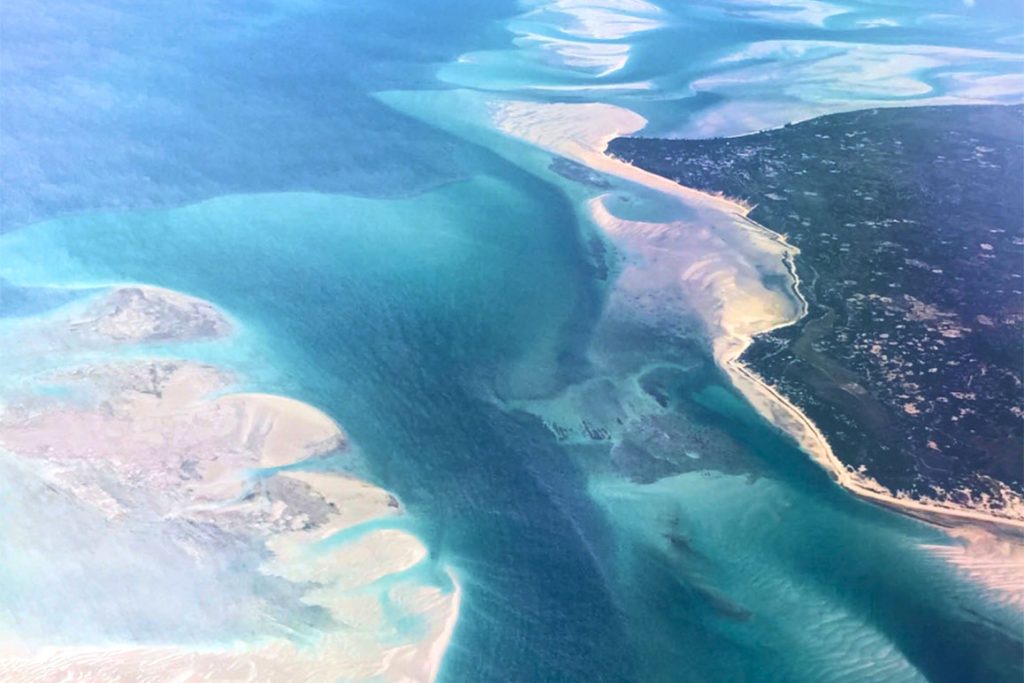- Overview
- Itinerary
- Accommodation
- Rates
- Included
- Excluded
- Flights
- Sustainability
- Gallery
Immerse yourself in the Maasai Mara Ecosystem
Get behind the scenes of wildlife conservation in one of the world’s most iconic safari destinations. Learn about community-led conservation efforts while gaining in-depth knowledge and experiencing thrilling wildlife sightings.
Where millions of animals fill the landscape
Home to 25% of Kenya’s wildlife, the Maasai Mara is the final destination of the world’s largest wildlife migration – when two million wildebeests, zebras and other herbivores fill the landscape. With 90 different mammal species and over 500 bird species, this is a biodiversity hotspot; the perfect place to take your safari experience even further.
What to expect on this Expedition
On this 7 day, 6 night expedition in the greater Mara ecosystem, you'll experience game drives and walking safaris while getting involved with conservation activities, including a rhino sanctuary experience, big cat tracking and bird, mammal, and tree identification. You’ll also visit Maasai communities and markets and learn about the rich local culture.
Traverse over wild African landscapes
This Expedition will take you across the northern Mara ecosystem. You’ll traverse across three unique protected areas: the Enonkishu, Ol Choro Oiroua, and Lemek Conservancies. Through community guardianship and wildlife management, these areas have rebounded in their abundance of animals and thriving habitats.
Significance of the Enonkishu
The Enonkishu Conservancy, your home base for this GVI Expedition, is located on the northern boundary of the Maasai Mara ecosystem. This area features innovative community-driven conservation, including sustainable rangeland management, to lay a foundation for the peaceful coexistence of people and wildlife.
See the itinerary for an example of what you can look forward to >
Physical rating: 3/5.
Moderate physical activities are included and a good level of fitness is required.
In the Maasai Mara ecosystem, no two days are the same
Each day holds its own suspense, adventure and surprises. But one thing is guaranteed – magic. Every day on your expedition will be a combination of exciting conservation activities, safari experiences, and relaxation. Greet each sunrise with a hot cup of coffee or tea. Head out for your morning activity, then enjoy breakfast back at the lodge followed by free time to lounge around, read a book or take a nap. At the end of each day, you’ll enjoy a delicious meal together and sit around the campfire to share stories under the stars.
The following itinerary is an example of the activities and project work that participants might get involved in on this Expedition.
Itineraries
Day 1
Welcome to base camp

Arrive at your home for the week, the Wild Hub in Enonkishu Conservancy. Your bungalow is placed ideally along the Mara River. Join a brief welcome orientation before freshening up for evening activities.
Game drive & biodiversity lesson
Embark on an afternoon game drive through the conservancy, as you learn about the habitats, the wildlife, and the importance of this landscape in the wider Maasai Mara ecosystem.
Dinner and bush safety
End your day with a meal around the campfire, as you discuss safety in the bush, wildlife alarm calls, and reading and responding to different situations.
Day 2
Birding and Photography

Bird calls and identification
Head out for a morning game drive, as you learn about the 500 plus bird species found in the greater Maasai Mara. Identify different species by sight and sound while looking out for nests.
Wildlife photography
After brunch at camp, spend the afternoon picking up new photography skills. Learn the correct use of angles and light, capture the ‘golden hour’, and grow your video capture skills.
Sunset drinks and nocturnal species
Enjoy sundowners at a lookout point before heading back to camp. Listen out for the sounds of nocturnal bird and mammal life before dinner cooked over the fire.
Day 3
Tracking Big Cats

The art of tracking
Your morning activity will focus on the tracks and signs left behind by animals of the Mara landscape. Learn to identify the footprints of different species and how to safely trail animals in the savannah.
Big cats of the Maasai Mara
There’s an art to tracking big game - especially the iconic big cats of the Maasai Mara. Learn what it takes to identify and follow the signs left by species like lion, cheetah and leopard.
Sundowners and stargazing
Enjoy a drink with sunset at a waterhole, dam or other lookout point. We’ll head out on a night game drive, listen out for nocturnal species and learn about the night sky, including traditional stories and folklore.
Day 4
Rhinos and Mammal Behaviour

Walking with rhinos
Visit the only two Southern white rhinos in the Maasai Mara while learning about the conservation efforts to increase their population. Learn about critical rhino conservation work and get a chance to walk alongside these enigmatic and endangered creatures.
Mammal behaviour
After brunch at the lodge, head out for an afternoon game drive focused on reading and interpreting animal behaviour. Understand what different alarm calls, body language and movements mean.
Community-led conservation discussion
After sundowners, head back to camp for a bush dinner. Discuss the role of community-led conservation and sustainable practices in the Enonkishu, Ol Choro Oiroua, and Lemek Conservancies.
Day 5
Trees and Plants
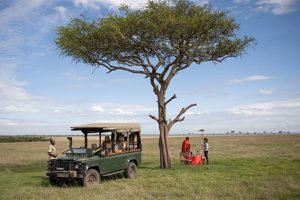
Tree and plant identification
There’s more to the Maasai Mara than mammals and birds! Learn about the different tree, shrub and plant species found here, identify as many as you can, and hear about their traditional and medicinal uses.
Afternoon game drive
After a relaxing lunch and dip in the pool, the afternoon will be a test of your newfound knowledge, as you practice identifying flora and spotting animals along the way.
Return to camp
On your drive back to camp, stop for sundowners at a viewpoint and take in another incredible day in the Mara. Return to a delicious dinner as you wind down your evening.
Day 6
Maasai Community
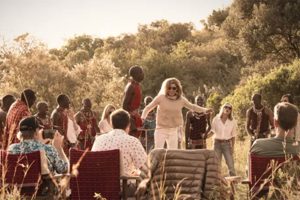
Maasai community experience
Visit a local village, livestock market and the manyatta (group of handcrafted huts). Learn the Maasai traditions of making fires and building mud huts. Practice jumping, dancing and singing like a local. Experience the hustle of the produce markets and get a slice of rural Kenyan life!
Tailored afternoon activities
After lunch at camp and a bit of relaxation, spend your afternoon doing whatever activities your team has chosen. This could be a game drive, guided walk, discussion, or other activity (note some conservation activities will incur additional fees).
Final evening competition
To close out an incredible week in Kenya’s Maasai Mara, we’ll run a friendly competition to see who captured the essence of the trip in their photographs. Followed by a roast dinner under the stars.
Day 7
Day of Departure

It’s not goodbye …It’s see you again soon!
On your last morning, we’ll wake up and enjoy a hot coffee or tea before a final morning activity focused on ethical conservation.
Journey onward
Guests will be taken back to base camp, where you’ll enjoy a hot traditional breakfast and an opportunity to freshen up. Then it’s time to head back home or onward for the next part of your African adventure!
Your home for the week is at The Wild Hub in the Enonkishu Conservancy. Set on 50 acres on the edge of the greater Maasai Mara ecosystem, this comfortable eco-camp is perfectly positioned along the banks of the Mara River.

Accommodation units are bandas (traditional thatched units). Rooms are ensuite with twin or double beds, overlooking the Mara River. The natural amphitheatre along the river itself is the ideal place to relax and listen to the calls of birds at the end of a busy day.

We will have exclusive use of this lodge, allowing us full access to the communal pool, gazebo, bar and dining area. Meals include vegetables picked fresh from the Wild Shamba garden, and homemade pickles and chutneys are made on-site.
From $810* per person, per night, sharing (inclusive of the daily conservancy levies), based on a minimum of 4 pax.
*This daily rate is an indication only as prices may vary according to your specific requirements. A quotation for the full duration of this trip will be emailed to you after submitting the Trip Enquiry.
Terms: All bookings are subject to availability and single supplements may apply.
- Conservation activities
- Guided drives, hikes and walks
- Highly qualified and experienced instructors and field staff
- Accommodation in in bungalows
- All Meals
- Pre-departure support
- 24-hour Emergency desk
- Arrival and departure transfers.
- Flights (see tab to book flights)
- Visas
- Vaccines
- Medical insurance
- Travel insurance
- Personal belongings insurance
- Cancellation insurance
- Personal gear and kit
- Soft drinks and alcoholic beverages
- Additional spending money
- Gratuities.
You will need to book your own international flights to and from Nairobi (Jomo Kenyatta) International Airport (NBO). Our handy airline aggregator will find the best seat prices for your dates.
Note:
- We strongly advise waiting to book your flight until your Expedition trip is confirmed, as we need a minimum number of participants to proceed.
- You can always come back to this tab and book flights later.
- If you decide to book flights earlier, please opt for flexible tickets to accommodate potential changes.
Sustainable Development Impact
While the United Nations Sustainable Development Goals (SDGs) are global concerns, and not aimed specifically at the travel and tourism industry, target 8.9 of the 2030 Agenda aims to "by 2030, devise and implement policies to promote sustainable tourism that creates jobs and promotes local culture and products". In this regard, tourism has the potential to contribute, directly or indirectly to all 17 SDGs.

Travel with Purpose
GVI Global’s expeditions and volunteer programmes address all 17 SDGs. In particular, GVI prioritizes 10 critical global issues affecting both people and the planet:
- Plastic pollution and litter,
- Climate change,
- Endangered species,
- Biodiversity loss,
- Sustainability,
- Early childhood development,
- Education for both children and adults,
- Gender equality,
- Health, and
- Justice, equity diversity, and inclusion.
Considering the track history and documented evidence of GVI's commitments to conservation and community upliftment, Naturecrazi considers their respective SDG "qualifying criteria" as follows:
- SDG 1: Creates fixed term and permanent job opportunities for local communities and aims to support people harmed by climate-related extreme events and other economic, social, and environmental shocks and disasters.
- SDG 2: Aims to end hunger, achieve food security, improve nutrition, and promote sustainable agriculture.
- SDG 3: Ensures healthy lives and promotes well-being for all at all ages.
- SDG 4: Contributes to sustainable local community development through education programs and research.
- SDG 5: Aims to achieve gender equality by ending all forms of discrimination, violence, and any harmful practices against women and girls.
- SDG 6: Provides for careful handling and disposal of solid waste and sewage. Uses alternative, sustainable means of water acquisition and reduces water consumption.
- SDG 7: Meets its energy needs through passive design and renewable energy resources.
- SDG 8: Promotes economic growth, full and productive employment, and decent work for all.
- SDG 9: Builds resilient infrastructure, promotes sustainable industrialization, and fosters innovation.
- SDG 10: Reduces inequality within and among countries.
- SDG 11: Makes human settlements inclusive, safe, resilient, and sustainable.
- SDG 12: Encourages sustainable consumption and production patterns through various measures, including the management of materials that are toxic to the environment.
- SDG 13: Takes urgent action to combat climate change and its impacts by improving education and awareness-raising on climate change mitigation, adaptation, impact reduction and early warning.
- SDG 14: Conserves and sustainably uses the oceans, seas and marine resources for sustainable development.
- SDG 15: Conserves and rehabilitates the surrounding flora and fauna. Aims to protect, restore, and promote sustainable use of terrestrial ecosystems, sustainably manage forests, combat desertification, and halt and reverse land degradation and halt biodiversity loss.
- SDG 16: Aims to promote peaceful and inclusive societies for sustainable development, provide access to justice for all, and build effective, accountable, and inclusive institutions at all levels.
- SDG 17: Aims to strengthen the means of implementation and revitalize the global partnership for sustainable development in 2030.



